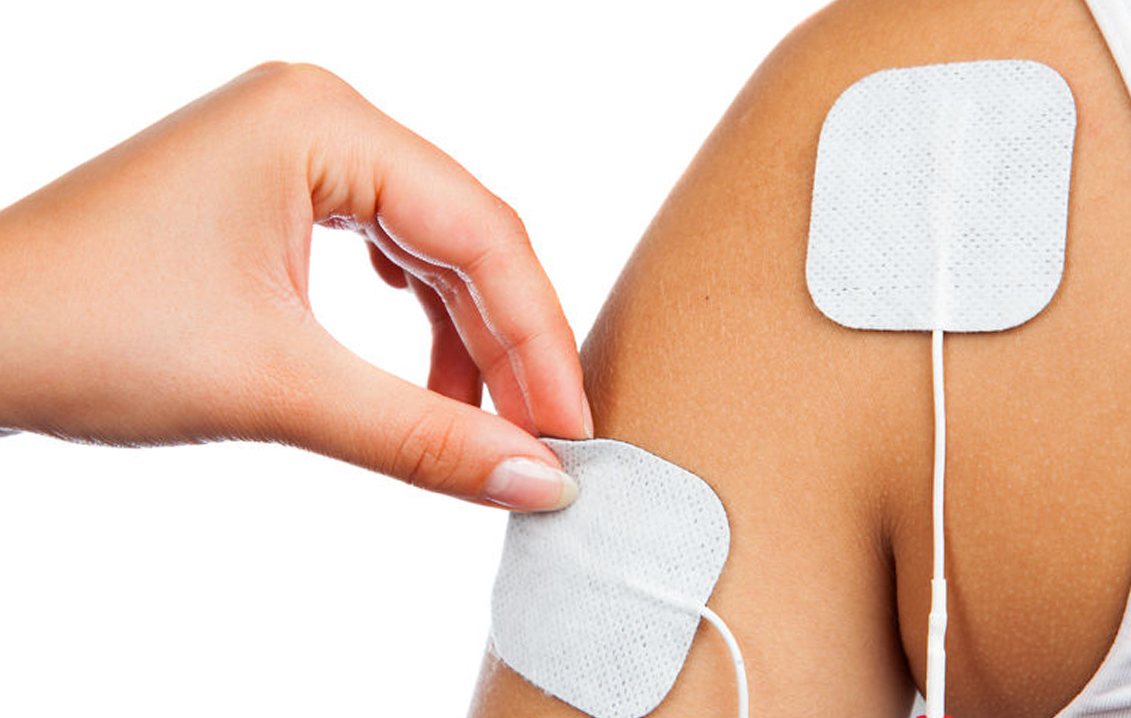As electrotherapy grows in popularity, so does its presence online. But some places, like ecommerce sites or misinformed websites, provide incomplete resources for those trying to understand electrotherapy. Contrary to what many of these places suggest, TENS Units and EMS devices are not the same thing. It’s important to know the differences between the two and how either or both can benefit you. Check out these quick facts about TENS Units and EMS devices and learn which one is right for your needs.
1) What does TENS stand for?
TENS stands for transcutaneous electrical nerve stimulation. The word “transcutaneous” means “through the skin.”
2) What does EMS or NMES stand for?
EMS stands for electrical muscle stimulation. EMS is also know as NMES or Neuromuscular electrical stimulation.
3) What are the main differences and similarities between TENS Units and EMS Devices?
When looking at the facts about TENS Units and EMS devices, it’s important to get a good understanding of how these two devices compare on a basic level. As the names would suggest, transcutaneous electrical nerve stimulation units stimulate the nerves, while EMS devices stimulate the muscles. However, each are using electrical impulses to do so. The electrical impulses travel through the skin to the nerves and muscles via electrode pads. Electrodes act as conductors, so as a transcutaneous electrical nerve stimulation unit or EMS machine generates electrical impulses, they’re delivered via electrode pads through the skin. The pads are strategically placed on different areas of the body, wherever one needs relief.

4) What is a TENS Unit used for?
The purpose is to provide drug-free, non-invasive pain relief.
5) How does a TENS Unit help with pain?
By stimulating the nerves at the area of pain, two things happen. For one, the electrical currents are known to stimulate the release of endorphins. Endorphins (named after morphine) are the body’s natural painkiller. They’re also known to create a sort of euphoria, like morphine.
The other way is explained by something called the gate control theory. This theory says that non-painful sensations will close the “gate” to the painful ones. In other words, a non-painful signal to the brain cannot exist at the same time as a painful signal. The electrical current creates a pleasant, tingling, massage-like sensation on the area where applied, blocking the pain signals from the brain.

6) What does an EMS Device do?
Like the name would suggest, EMS devices stimulate the muscles. This causes the muscles to repeatedly contract and relax, working like a passive exercise. Rather than helping with pain, the main function behind an EMS device is to help with muscle growth and recovery. When an EMS machine stimulates the muscles, it helps to increase blood flow to the area, in turn decreasing inflammation and encouraging growth.
7) What is a TENS Unit used to treat?
Since transcutaneous electrical nerve stimulation units are used for pain relief, it’s useful in plenty of situations. They may also be used for acute pain, chronic pain, carpal tunnel, lower or upper back pain, joint pain or even arthritis. Smaller, portable units like the iReliev TENS Unit can even be worn throughout the day to provide pain relief whenever it’s needed.
8) What is an EMS Device used for?
EMS Devices can be applied to muscles anywhere, whether it be the legs, arms, shoulders or feet. EMS devices should be used if you’ve recently become injured and need to rest, but still want to work the muscles to prevent weakening or atrophy. An EMS Device is great for athletes or others who are going through muscle rehabilitation after an injury. Again, a portable device like the iReliev TENS + EMS Pain Relief & Muscle Stimulator or the new Wireless TENS + EMS Muscle Stimulator can be worn throughout the day, even during training or sports practice.
If you are in need of electrode pad replacements, check out our Dollar Electrode Pad Club. When you subscribe, you can get the pads you need sent to your door at the frequency of which you choose. Join and Save.



















That information was helpful. Thanks. I have spinal stenosis and it sounds like I should purchase a TENS unit and not the EMS because I don’t know how EMS would help my chronic pain. I’m consulting with a pain specialist before I make a purchase. Opoids are out , physical therapy hasn’t helped, and injections don’t last or don’t work. My doctor hasn’t brought up a TENS unit, but I will bring it up. A few doctors have wanted to operate, but am trying to avoid that because success is far from guaranteed.
Good info
What is the best way to store your pads to protect the adhesive? And do you have an adhesive that you can put on the pads to inc increase the life
I have pretty severe compound scoliosis. I need to replace my tens unit and am thinking a device that includes EMS capability would be appropriate. The one side of my back does most of the work and the muscles along that side are always in distress. Getting the blood flowing thru them is important. I was getting massage to help with that, but since Covid, have not. Any advice would be welcomed. Thank you.